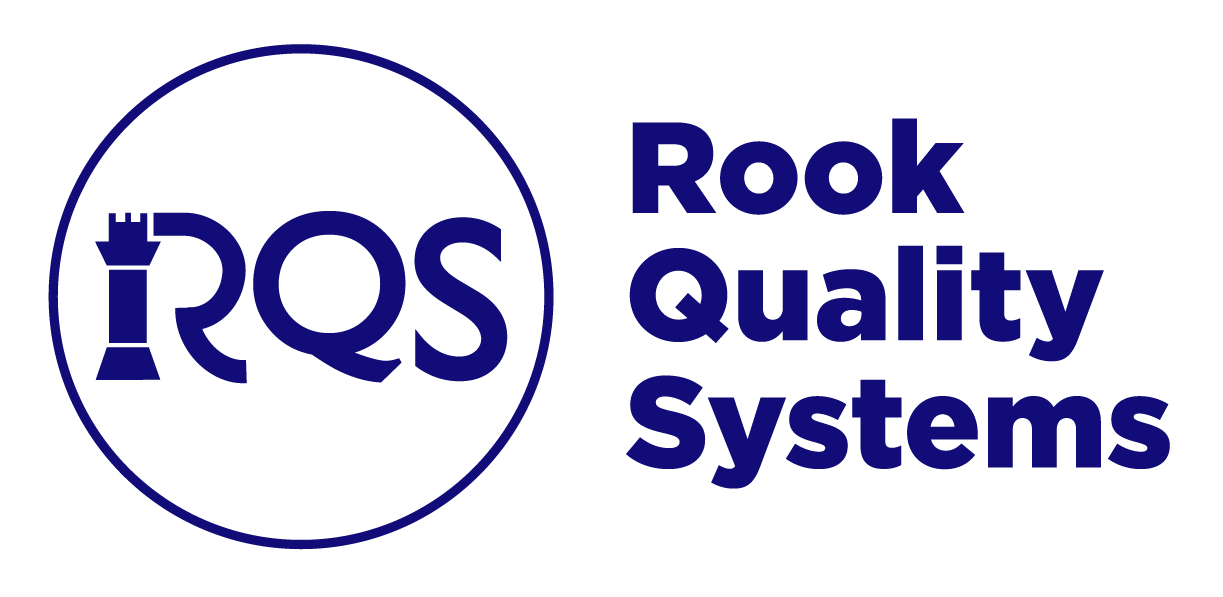Fortune 500 Tech Leader: Gap Analysis, Software Validation, & Compliance Support

Premise
An international Fortune 500 consumer electronics company has been expanding its development of healthcare-related products and body sensors, including software programs packaged in products such as a smart watch. At the time, this large consumer electronics company already had two FDA-approved, 510K-cleared products related to cardiac monitoring: an electrocardiogram (ECG) that measured heart rate and an irregular arrhythmia notification (IRN) system that identified abnormal patterns in a person’s heartbeat.
To ensure these products were compliant with regulatory requirements, the Fortune 500 firm needed to conduct two essential gap analyses. The first was a quality management system (QMS) review focused on system procedures. The second concerned the design history file (DHF) and the accurate compilation and description of product records. Both gap analyses were essential to determine whether additional work was needed to update system procedures and product records.
This large consumer electronic company sought out Rook’s extensive experience with regulatory requirements for medical devices to provide a quick, implementable solution. They asked Rook to thoroughly review their procedures and records to determine how to address FDA requirements for current and future product development.
Scope of Work
This Fortune 500 consumer electronics company contacted Rook to address three components of product development, validation, and documentation:
- Conduct essential gap analyses for additional use cases related to the QMS and DHF
- Conduct non-software product validation related to JAMA, a product lifecycle management (PLM) tool that captures verification/validation activities
- Establish a validation strategy for JAMA Connect
Engagement
Gap Analysis
The large consumer electronics firm was considering modifying the IRN, including expanding its capability to include additional use cases. The company wanted to ensure that tests and documentation associated with the product features under active assessment were not included in the same compilation of files for the original submission. Rook considered whether a separate submission was required for the DHF, evaluating their documentation and providing an assessment. Ultimately, Rook compiled their findings and presented the client with a recommendation plan to remediate outstanding issues, 80% of which was ultimately implemented by the firm.
Non-Software Validation (JAMA)
Rook assisted this Fortune 500 consumer electronics company with non-product software verification. The firm had integrated custom widgets with JAMA, a PLM software that captured and documented their verification and validation activities. However, the custom widgets, which were used during software development and include code repository or bug tracking tools, needed their own verification and validation tests and procedures.
Rook evaluated their software development tool infrastructure and how the widgets interacted with the software. They developed a tier-based rollout plan to ensure smooth integration, avoiding simultaneous implementation overload. Lastly, Rook defined an integration QMS for JAMA and helped vet third-party vendors that were assisting the large company with workflow implementation and software development.
Validation Strategy (JAMA Connect)
Rook established a comprehensive validation strategy for JAMA Connect by leveraging existing knowledge to create robust validation and revalidation acceptance criteria. Rook determined the hardware requirements for JAMA Connect, ensuring compatibility with existing laptops and browsers.
- Provided criteria for an integrated ecosystem that includes the firm’s custom widgets, ensuring the infrastructure fully supports all data transmission to and from JAMA Connect, and defined the rigorous tests required to maintain compliance.
- Stress-tested the system to ensure it behaved properly under predefined parameters, focusing on hardware-defined criteria and testing its reliability according to the required performance standards.
- Established revalidation parameters to incorporate changes or systems migrations to different hardware platforms that required new validation tests.
- Conducted a non-product software validation (i.e., computer software assurance for production and quality system software) to determine JAMA’s operational comprehensiveness. This validation was based on the predefined criteria in Part 11 of the FDA’s electronic signature requirements and other assurance requirements based on JAMA’s intended use. This defined workflow-specific functional requirements, including appropriate user permissions. Rook implemented end-to-end test cases to verify proper functionality, and ensure that all information was accurately captured on the backend.
Outcome
Rook was instrumental in helping this Fortune 500 consumer electronics company quickly develop and execute the validation strategy of its products and non-product software. Rook provided the client with a comprehensive validation report detailing its findings and the extent of its compliance, providing the firm with a robust framework for maintaining compliance and validating future product features for its healthcare software programs.
